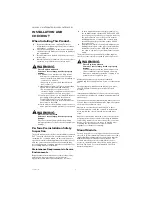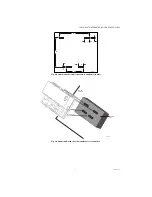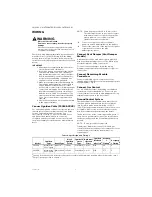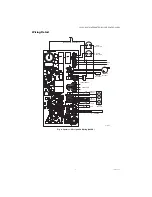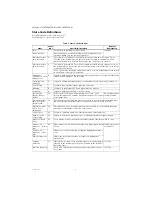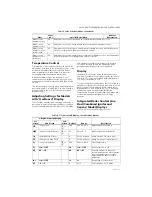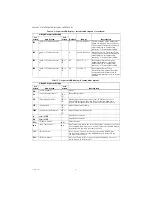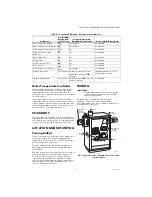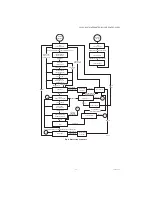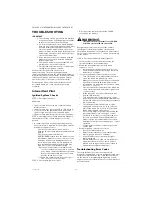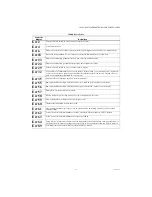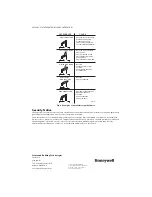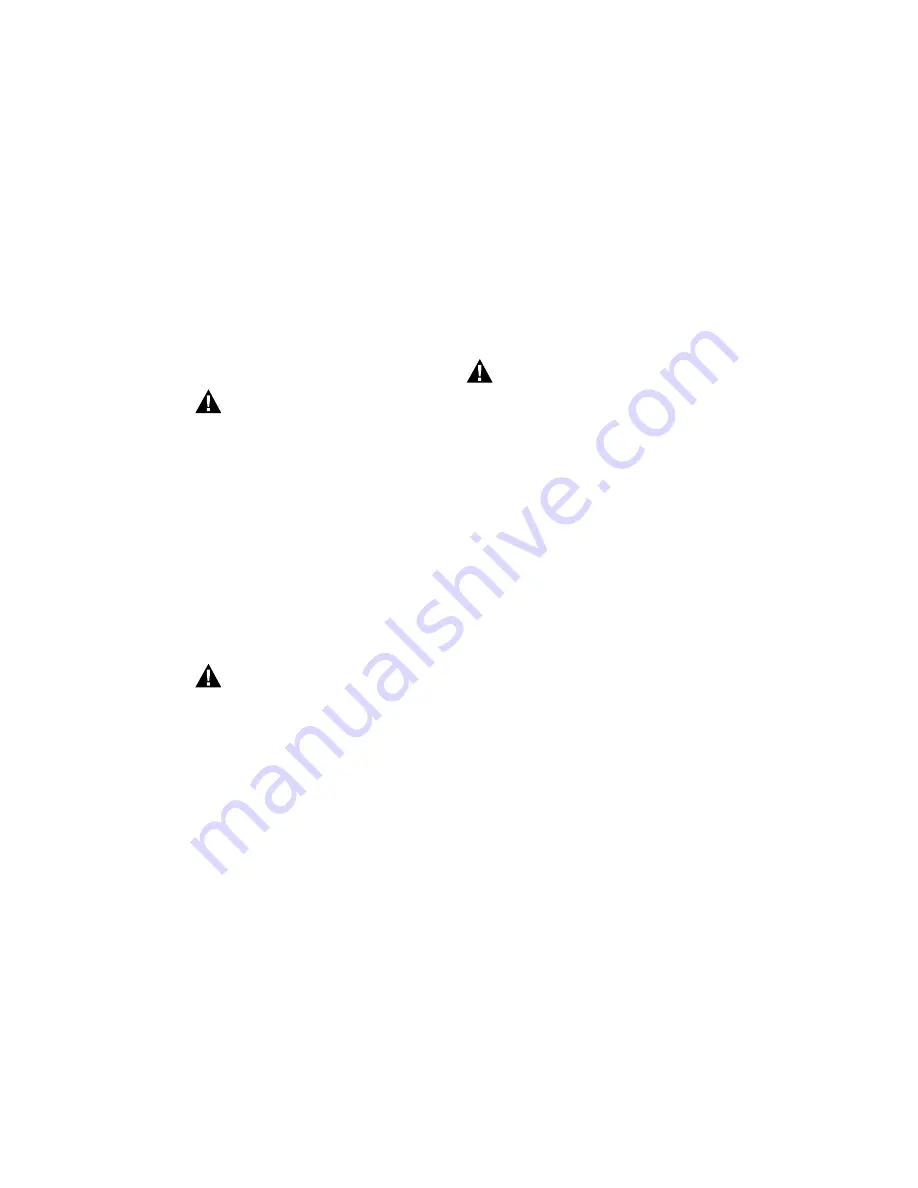
S9361A207X INTEGRATED BOILER CONTROLLERS
69-2751—05
4
INSTALLATION AND
CHECKOUT
When Installing This Product…
1.
Read these instructions carefully. Failure to
follow them could damage the product or cause
a hazardous condition.
2.
Check the ratings given in the instructions and
on the product to make sure they are suitable for
your application.
3.
Installer must be a trained, experienced service
technician.
4.
After installation is complete, check out product
operation as provided in these instructions.
WARNING
Fire or Explosion Hazard.
Can cause severe injury, death or property
damage.
1. The module can malfunction if it gets wet,
leading to accumulation of explosive gas.
• Never install where water can flood, drip or
condense on module.
• Never try to use a module that has been
wet—replace it.
2. Liquefied petroleum (LP) gas is heavier than
air and will not vent upward naturally.
• Do not light pilot or operate electric
switches, lights, or appliances until you are
sure the appliance area is free of gas.
3. If a new gas control is to be installed, turn off
gas supply before starting installation.
Conduct Gas Leak Test according to gas
control manufacturer instructions after the
gas control is installed.
4. If module must be mounted near moisture or
water, provide suitable waterproof enclosure.
WARNING
Electrical Shock Hazard.
Can cause severe injury, death or property
damage.
Disconnect power supply before beginning
wiring to prevent electrical shock or equipment
damage.
Perform Preinstallation Safety
Inspection
The preinstallation checks described in ANSI Standard
Z21.71
must
be done before a replacement module is
installed. If a condition which could result in unsafe
operation is detected, the appliance should be shut off
and the owner advised of the unsafe condition. Any
potentially unsafe condition must be corrected before
proceeding with the installation.
Maintenance Requirements in Severe
Environments
Regular preventive maintenance is important in any
application, but especially so in commercial,
agricultural, and industrial applications, because:
1.
In such applications, particularly commercial,
the equipment can operate 100,000 to 200,000
cycles per year. Such heavy cycling can wear out
the gas control in one to two years. A normal
boiler application, for which the controls were
intended, typically operate fewer than 10,000
cycles per year.
2.
Exposure to water, dirt, chemicals, and heat can
damage the module or the gas control and shut
down the control system. A NEMA 4 enclosure
can reduce exposure to environmental contami-
nants.
The maintenance program should include regular
checkout of the system as outlined under Checkout.
WARNING
Fire or Explosion Hazard.
Can cause severe injury, death or property
damage.
Do not attempt to take the module apart or to
clean it. Improper reassembly and cleaning
may cause unreliable operation, leading to an
accumulation of explosive gas.
Maintenance frequency must be determined
individually for each application. Some considerations
are:
Cycling frequency.
Appliances that may cycle more
than 10,000 times annually should be checked
monthly.
Intermittent use.
Appliances that are used seasonally
should be checked before shutdown and again before
the next use.
Consequence of unexpected shutdown.
Where the cost
of an unexpected shutdown would be high, the system
should be checked more often.
Dusty, wet, or corrosive environment.
Since these
environments can cause the controls to deteriorate
more rapidly, the system should be checked more
often.
Any control should be replaced if it does not perform
properly on checkout or troubleshooting. In addition,
replace any module if it is wet or looks like it ever has
been wet. Protective enclosures as outlined under
Planning the Installation are recommended
regardless of checkout frequency.
Mount Module
Select a location close enough to the burner to allow a
short (3 ft. [0.9 m] maximum), direct cable route to the
igniter. Ambient temperature at the module must be
within the range listed under Specifications. The
module must be protected from water, moisture,
corrosive chemicals and excessive dust and grease.
Refer to Fig. 2 and 3 for recommended slot/hole
pattern in appliance.




